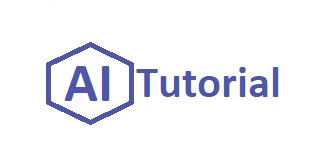📘 Building AI Agents with OpenAI’s Practical Guide
OpenAI’s A Practical Guide to Building Agents offers a step-by-step framework for developers and product teams to harness the power of AI agents. It distills real-world experience into actionable insights for building intelligent, autonomous systems.
🤖 What is an AI Agent?
Unlike traditional rule-based automation, AI agents use LLMs (Large Language Models) to autonomously complete tasks, manage workflows, interact with tools, and make decisions. This enables them to tackle complex, multi-step tasks with minimal human input.
📌 When Should You Build an Agent?
Consider building an agent if your workflow:
- Requires complex decision-making (e.g., refund approvals)
- Involves hard-to-maintain rule systems
- Relies on unstructured data like documents or conversations
If traditional automation has failed, AI agents may be the answer.
⚙️ Core Components of an AI Agent
- Model: The LLM driving reasoning and decisions
- Tools: External APIs/functions for tasks or data
- Instructions: Behavioral rules and boundaries
Example using OpenAI’s SDK:
weather_agent = Agent(
name="Weather Agent",
instructions="You are a helpful agent who can talk to users about the weather.",
tools=[get_weather],
)
🏗️ Designing Agent Architectures
There are two orchestration patterns to choose from:
- Single-Agent Systems: Simpler workflows managed by one agent
- Multi-Agent Systems: Multiple agents collaborating via a manager or peer-to-peer
Choose based on the complexity and scope of your workflow.
🛡️ Implementing Guardrails
To ensure safety, integrate guardrails such as:
- Relevance Classifiers: Ensure task alignment
- Safety Filters: Block harmful content
- PII Protection: Safeguard sensitive data
- Rules & Moderation: Enforce compliance and ethics
Include human-in-the-loop systems for early-stage deployments.
🚀 Getting Started
Start with a well-suited workflow and implement a simple agent using OpenAI’s Agents SDK. Gradually enhance it with tools, evaluations, and guardrails to build a robust and scalable solution.
